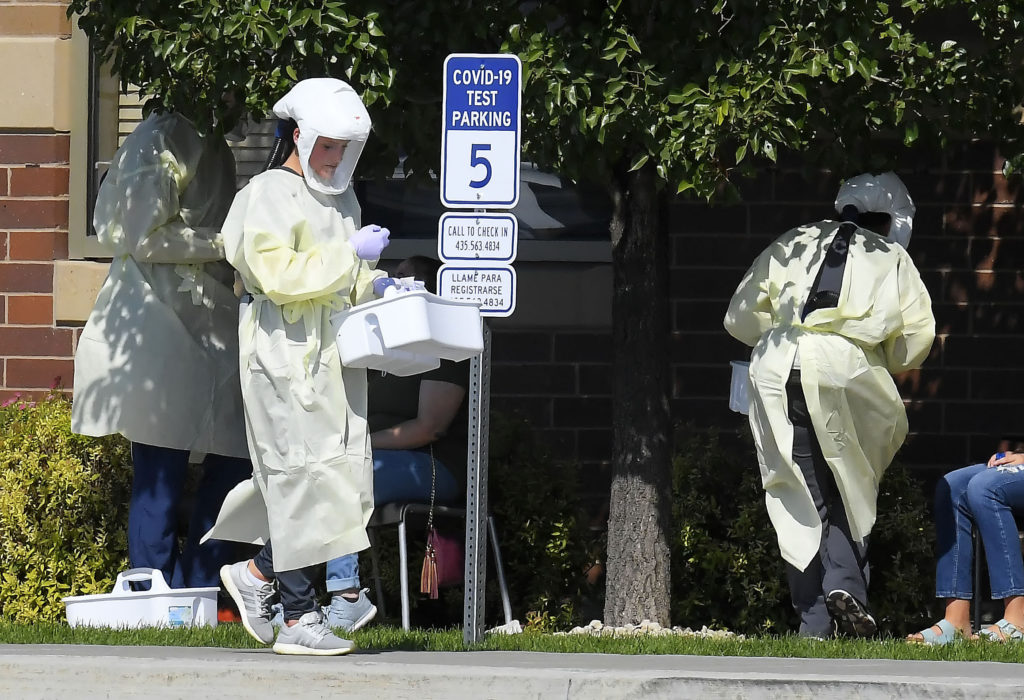
BYU’s plan to tackle the spread of COVID-19 on campus is taking a foul-smelling turn: wastewater testing.
BYU is currently in the process of implementing sampling in on-campus housing buildings, but spokeswoman Carri Jenkins did not specify a timeline for when testing will start.
“This testing allows us to identify hot spots. This would allow us to take certain actions, which may include focused, risk-based testing,” Jenkins said.
Is BYU’s plan unique?
Wastewater testing is a cost-effective, proactive approach to tracking the spread of the coronavirus, and universities across the country are quickly adopting it as campuses reopen.
Success stories include the University of Arizona, which says it prevented a large outbreak after two asymptomatic individuals were identified during targeted testing of 311 people after a wastewater sample of a dorm came back positive. Utah State University also quarantined 287 students in their dorms last week after elevated COVID-19 levels were found in wastewater.
Wastewater testing for the virus has been around since the early days of the pandemic, but it wasn’t until recently that it started gaining traction in the U.S. The Centers for Disease Control and Prevention and the U.S. Department of Health and Human Services have partnered together to start the National Wastewater Surveillance System, which will produce data to help local, tribal and state officials track infection in their communities.
However, this system does not include decentralized sewer systems, such as those of universities and prisons; thus, BYU’s plan to implement its own wastewater testing.
Other countries have also established wastewater testing systems. Finland and the Netherlands have systems in place to monitor 60% and 25% of their respective populations. Italy, Spain, Australia and Pakistan are among other nations to adopt the practice.
How does wastewater testing work?
According to the CDC website, wastewater testing does not replace existing COVID-19 surveillance systems but instead complements them, especially in communities where timely COVID-19 testing is not a reality.
“Depending on the frequency of testing, sewage surveillance can be a leading indicator of changes in COVID-19 burden in a community,” the CDC states.
While human feces from both symptomatic or asymptomatic individuals can contain the virus, the CDC says there is no information to date that anyone has become sick with COVID-19 because of direct exposure to treated or untreated wastewater.
During wastewater testing, sewer samples are collected and tested for RNA from SARS-CoV-2, the virus that causes COVID-19. These samples are then used to identify populations that should be tested for COVID-19 based on SARS-CoV-2 levels found in the wastewater. This lightens the burden to test asymptomatic individuals since health officials can be more targeted in which individuals they test for COVID-19.
Environmental engineer Kyle Bibby told the Conversation that currently wastewater testing cannot yet measure how many people in the community have the virus. Instead, that must be done through traditional testing.
This method also allows communities to be proactive rather than reactive. According to health news website Stat News, wastewater testing allows officials to see infection levels one week to two weeks in advance of clinical diagnoses, and show increasing and decreasing levels of coronavirus infection and transmission.




